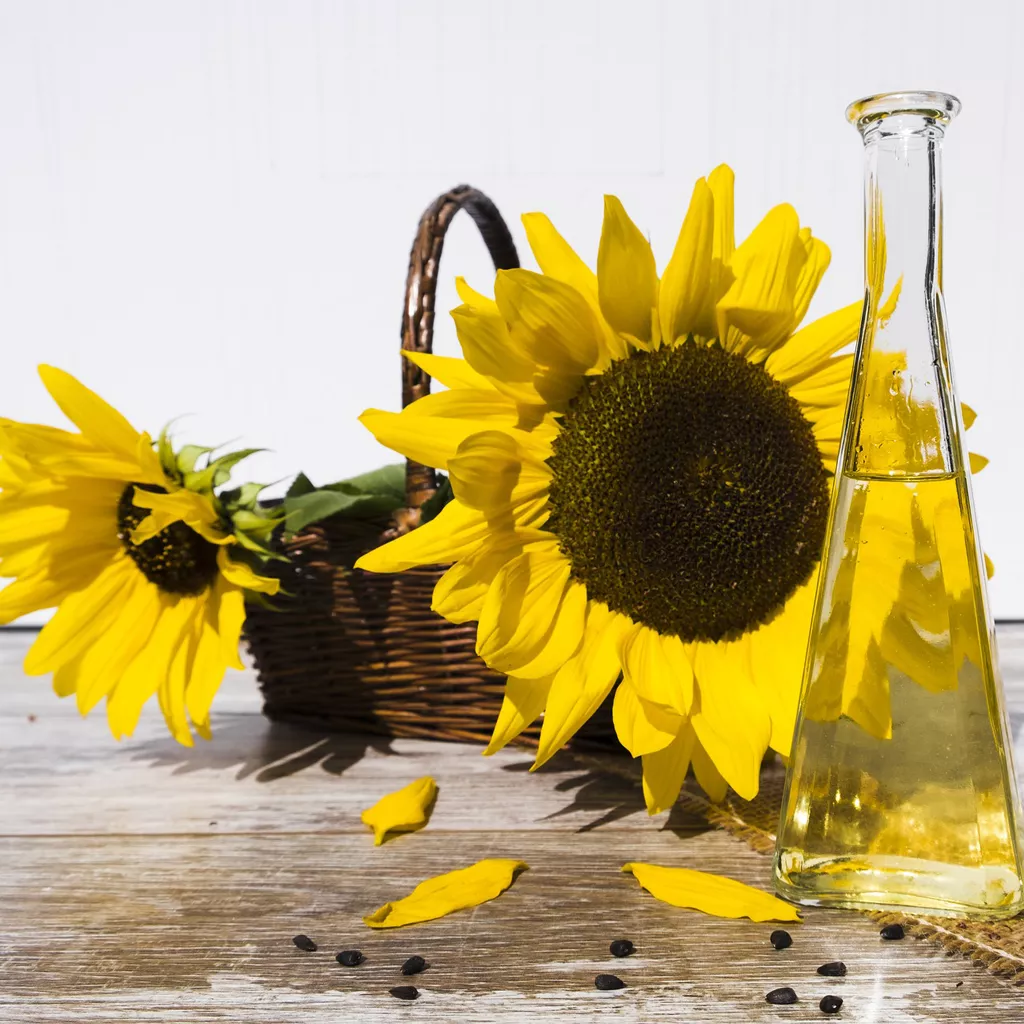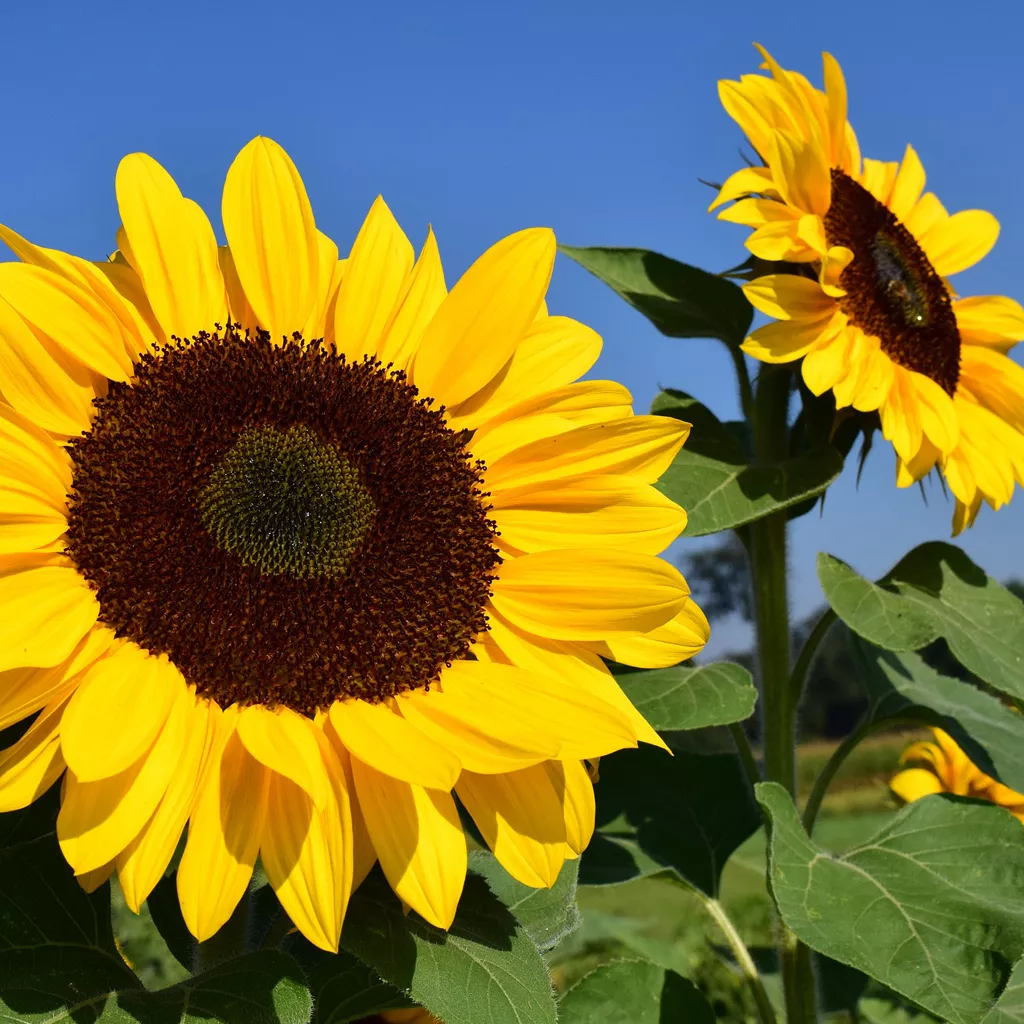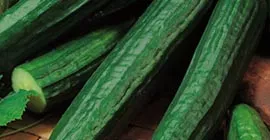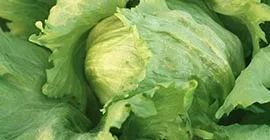Want to know how to grow sunflowers? This step-by-step guide will give you all the information you need to grow sunflowers from seed in your own garden or allotment.
About sunflowers
Sunflowers are one of the biggest and brightest flowers around. With beautiful, golden yellow petals they bring a feeling of happiness and a vibrant splash of colour to the garden. They’re also very easy to grow and make an excellent flower for children to take care of.

First discovered around 3,000 BC, sunflowers were a source of food for American Indian tribes, harvested for the oil and nutrient-rich seeds which would often be ground and used as flour for baking bread.
Today, as well as the flowers making a stunning addition to our gardens, or cut and placed into a vase indoors, the seeds and their oil are still popular for eating.
When to plant sunflowers
When growing sunflowers, you can generally plant the seeds from early March to mid-May, but this will differ by variety so always check the seed packet. To give them the best start, the seeds will need to be protected until they’ve germinated, and seedlings are around 5cm tall; it’s best to do this indoors to avoid any damage from frost.
How to grow sunflowers from seed
Sowing sunflowers in seed trays
What you’ll need to get started:
Fill the seed tray with some multi-purpose compost to around 1cm below the top. Add one seed per cell and push it down gently into the compost. Fill each cell to the top with more compost and then water well. Finally, add a plant label so you know what you’ve planted.
Position the filled seed tray in a warm, bright spot; a sunny windowsill is ideal for this.
Once your seedlings have germinated and grown to around 5cm (2 inches), they can be moved into individual pots around 7.5cm (3 inches) in diameter. Add a small amount of multi-purpose compost to each pot then carefully remove the seedling from the tray and place into the new pot. Fill with compost then gently push the compost down to compact it and secure the seedling. Water well and add your plant label. Position the pots in a warm, bright spot.
Tip: be gentle when removing the seedlings from their cells to avoid causing damage to the plant or roots. If needed, gently run a narrow, flat object such as a dinner knife or even a plant label, around the inside of the cell to loosen it.
Tip: from this point, you can start to use a liquid fertiliser to support the seedlings’ growth; the fertiliser should be diluted by 50% and used twice a week.
Once your plants have reached 30cm (12 inches) in height, you can plant them in the garden or move them to a bigger pot. Don’t do this any earlier than May to avoid them being damaged by any late frosts.

Planting sunflower seeds in the ground
Before you get started, you need to make sure that the soil in which you’ll be sowing your seeds is a fine crumbly texture and weed free; make sure you choose an area with full sunlight and well-drained soil.
It’s good practice to add some organic matter such as Westland Farmyard Manure to the area you’re planting in as this will help to nourish your sunflowers.
Create a drill (a shallow depression in the soil) for each seed with a 10cm gap between each one; the drills should be about 12mm deep.
Carefully place the seeds into the drill and cover with soil. As the seedlings grow, thin the plants out so they’re around 45cm (18 inches) apart.
Once the sunflowers become taller, use a cane to support the stems by loosely tying the stem to the cane with some string. This will help keep the stem strong and the plant will be encouraged to grow straight.
Pinching out sunflowers
Pinching out is a technique used to encourage new stems to grow on plants.
Whether you pinch out your sunflowers will really depend on what you want to do with them when they’re in bloom:
- If you’re growing sunflowers for a competition and want to maximise the height of the plant, then it’s recommended that you don’t pinch out the growing tip. This is because the growing tip is what makes the plant grow tall and give you that extra height you’re looking for
- If you’re growing sunflowers with a view to picking them, pinching out the growing tip will stunt the plant so that it produces more flowers.
To pinch out sunflowers, remove the growing tip of the plant using your thumb and forefinger; this should be done once the plant has reached 20cm to 25cm (8 to 10 inches) in height.
The plant should grow to 1.8m – 2.2m tall, but you should expect 4x the amount of blooms you would normally see, giving you lots of beautiful flowers to cut and display.
How long do sunflowers take to grow?
There are various varieties of sunflowers, and each one will grow at a different rate. On average, though, it takes between 80 and 120 days for a plant to mature and develop seeds.
Sunflower varieties
| Variety | Approximate growing height | Variety notes |
| American Giant | 5m |
|
| Toy Shop | 90cm |
|
| King Kong F1 | 4m |
|
| Junior | 60cm |
|
| Giant single | 4m |
|
| Sunshine Giant | 2m |
|
| Jammie Dodger | 1.2m |
|
| Solar Flash | 40cm |
|
| Moulin Rouge | 1.8m |
|
| Velvet Queen | 1.5m |
|
| Firecracker | 60cm |
|
| Starburst Panache | 1.8m |
|
| Ginger Nut | 1.5m |
|
| Sunsation | 30cm |
|




